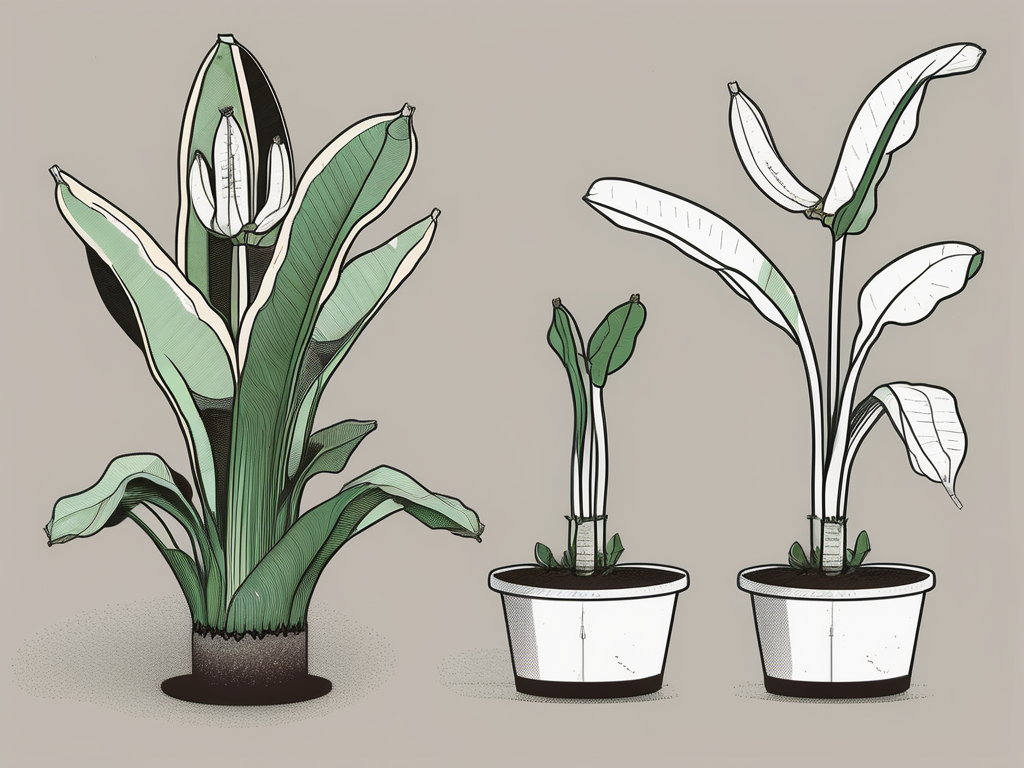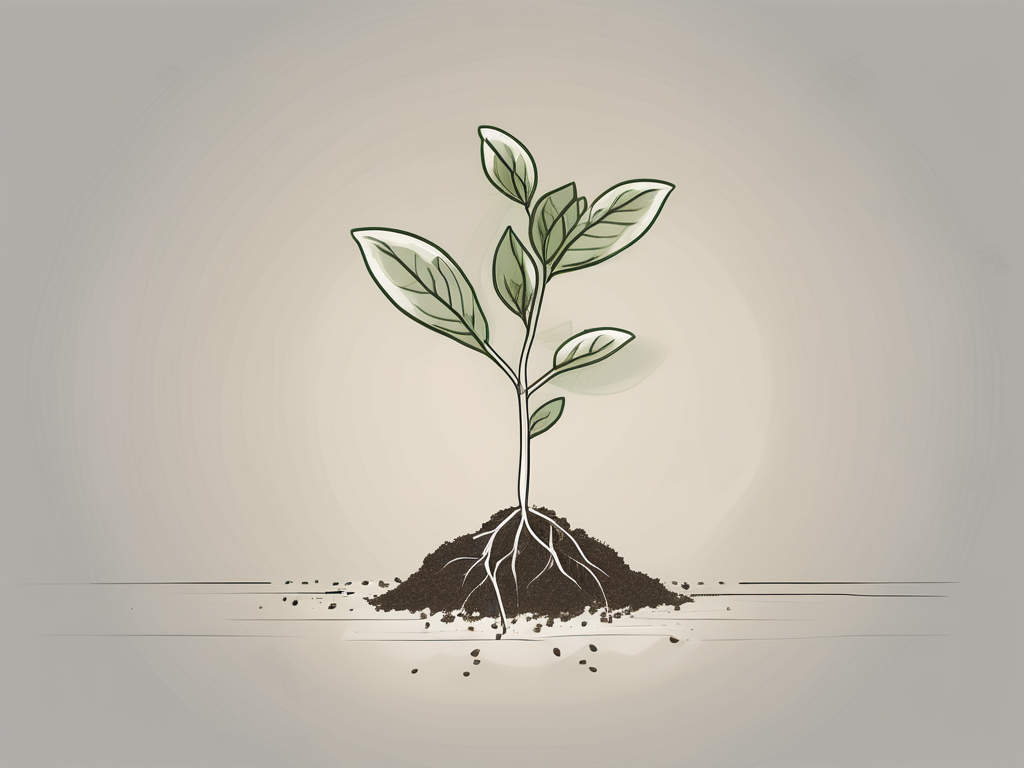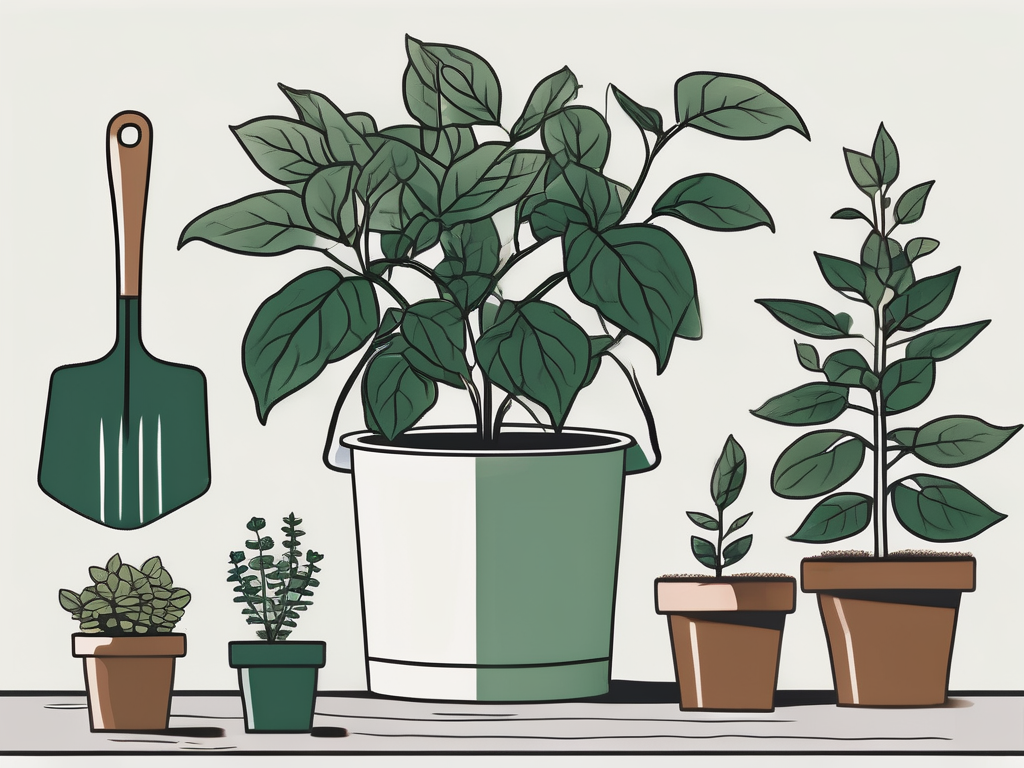
If you've ever watched a banana plant grow, you know there's something almost magical about its lush leaves unfurling and reaching for the light. These tropical beauties bring a touch of the exotic to any space, and the good news is, you can have more of them without buying new plants. We're diving into the fascinating process of banana plant propagation, where you can multiply your plant collection right at home.
In this article, we'll explore everything from when and why you might want to propagate your banana plant to the step-by-step process of doing it successfully. We'll also cover some common pitfalls and how to avoid them, ensuring you feel like a confident plant parent every step of the way.
Why Propagate Your Banana Plant?
Propagating a banana plant isn't just about expanding your personal jungle—though that's a pretty great perk! There are several practical reasons to do it. For starters, banana plants can outgrow their space rather quickly, and propagation offers a neat solution. By dividing and replanting, you can manage size while generating new plants to give away or keep.
Another reason could be to replace an aging plant. Banana plants have a life cycle that culminates in flowering and fruiting, after which the main plant dies. By propagating, you're ensuring a continual presence of banana plants in your collection. Plus, if you're someone who loves sharing the plant love, propagating allows you to gift friends and family with a piece of your own thriving plant.
Lastly, propagation can be a fantastic way to try your hand at plant care. If you're relatively new to the plant world, it offers a low-risk way to practice your skills. You get to learn about plant biology, the importance of timing, and how to create the ideal conditions for growth.
Understanding Banana Plant Anatomy
Before you jump into propagating, it helps to understand a bit about the plant itself. A banana plant isn't a tree—it's actually a large herbaceous plant. The plant consists of a "pseudostem," which is the tall, robust part that looks like a trunk, and large leaves that emerge from the top. The real stem, called a rhizome, is underground and where the magic of propagation happens.
From this rhizome, new shoots, also known as "pups" or "suckers," emerge. These are essentially baby plants that can grow into full-sized banana plants. The rhizome is quite hardy and resilient, so even if you don't have a green thumb, there's a good chance of success.
Understanding how the banana plant grows and where the pups originate is crucial for knowing when and how to separate them. It's all about timing and technique, which we'll cover in the next sections.
When Is the Best Time to Propagate?
Timing is everything in the world of plants, and banana propagation is no exception. The best time to propagate banana plants is during the warmer months. This is when the plant is actively growing, which means it can recover from the stress of separation more effectively.
Spring and early summer are ideal because they're periods of active growth. The plant is already in a state of vigorous expansion, making it more resilient to the changes that come with propagation. Avoid trying to propagate in the winter unless you're in a tropical climate or have a greenhouse setup.
Look for pups that are about one-third to one-half the size of the parent plant with a few leaves of their own. They should also have visible roots. If you propagate too early, the pup might not have developed enough to survive on its own.
Tools and Materials You'll Need
Before you get started, gathering the right tools and materials will make the process smoother and more enjoyable. Here's a handy list to keep you prepared:
- Garden gloves: To protect your hands from sharp edges and potential allergens.
- Sharp knife or spade: You'll need a clean, sharp blade to separate the pup from the parent plant.
- Potting soil: A loose, well-draining mix is crucial for banana plants. A mixture of peat, perlite, and compost works well.
- Pots: Choose a pot that is slightly larger than the root ball of the pup. Make sure it has drainage holes.
- Watering can: Gentle watering is essential immediately after planting.
- Fertilizer: A balanced, slow-release fertilizer can help the new plant establish itself.
Having these items ready will make the transition from parent plant to independent pup as seamless as possible.
Step-by-Step Guide to Propagating Banana Plant Pups
Now, let's get into the heart of the process. Follow these steps, and you'll be well on your way to cultivating a new banana plant:
Step 1: Prepare the Parent Plant
Water the parent plant thoroughly a day before you plan to propagate. This will reduce stress on the plant and make the soil easier to work with. It also ensures the pup is well-hydrated before separation.
Step 2: Identify the Right Pup
Choose a pup that's healthy, vigorous, and about one-third the size of the parent plant. It should have its own set of leaves and roots. Avoid any pups that look unhealthy or stunted.
Step 3: Carefully Remove the Pup
Using your knife or spade, gently dig around the base of the pup. Try to preserve as much of the root system as possible. Be careful not to damage the roots of the parent plant. Once you've loosened the soil, cut the pup away from the parent rhizome with a clean, sharp slice.
Step 4: Pot the Pup
Place the pup in a new pot filled with your prepared potting mix. Make sure the roots are spread out and covered well with soil. Gently firm the soil around the base of the plant to stabilize it.
Step 5: Water and Position
Water the new plant thoroughly, allowing excess water to drain away. Position it in a warm, bright spot but out of direct sunlight, which could stress the new plant.
These steps will give your new banana plant the best start possible, setting the stage for growth and development.
Common Mistakes and How to Avoid Them
Even with a straightforward process like this, things can sometimes go awry. Here are some pitfalls to watch out for and how to avoid them:
Overwatering: New pups are particularly sensitive to waterlogged soil. Ensure your pot has good drainage and that you let the soil dry out between waterings.
Insufficient light: While you don’t want to scorch your new plant, insufficient light can hinder its growth. Find a balance by placing it in a bright, indirect light.
Neglecting to acclimate: If you've propagated your plant indoors and plan to move it outside, do so gradually. Sudden changes in light and temperature can shock the plant.
By keeping these tips in mind, you'll avoid the common pitfalls that can trip up even the most experienced plant people.
Caring for Your New Banana Plant
Once your new banana plant is potted and settled, ongoing care is crucial. Here’s how to give it the best chance to thrive:
- Watering: Keep the soil consistently moist but not soggy. Let the top inch of soil dry out before watering again.
- Fertilizing: Use a balanced, slow-release fertilizer during the growing season to support robust growth.
- Pruning: Remove any dead or damaged leaves to encourage healthy new growth.
- Pest control: Keep an eye out for common pests like aphids or spider mites, and treat as necessary with insecticidal soap or neem oil.
With the right care, your new banana plant will grow into a lush, vibrant addition to your indoor or outdoor garden.
How to Incorporate Banana Plants into Your Decor
Banana plants aren’t just functional; they’re also fabulous decor elements. Here’s how you can use them to elevate your space:
- Accent piece: A well-placed banana plant can serve as a stunning focal point in a room. Its large leaves add a touch of the tropics to any setting.
- Backyard oasis: If you have space outdoors, a group of banana plants can create a lush backdrop for outdoor gatherings.
- Bathroom beauty: These plants love humidity, making them ideal for bright bathrooms that get natural light.
By strategically placing banana plants around your home, you can create a vibrant, inviting atmosphere that showcases your love of greenery.
FAQs About Banana Plant Propagation
As you embark on this propagation journey, you might have a few questions. Here are some common queries and their answers:
Can I propagate a banana plant from a leaf cutting? Unfortunately, banana plants need their root system to propagate. Leaf cuttings won't suffice.
How long does it take for a pup to grow into a full plant? With the right care, pups can mature into full plants within a year or two, depending on conditions.
What should I do if my pup isn’t growing? Ensure it's getting the right amount of light and water. If it's still not thriving, check for pests or nutrient deficiencies.
Armed with these answers, you're more than ready to tackle banana plant propagation with confidence.
Final Thoughts
By now, you should feel well-equipped to propagate your banana plant and add some tropical flair to your space. Remember, like any gardening endeavor, patience and practice are your best friends. With time, you’ll enjoy the rewards of your hard work as your banana plant family grows.
At Cafe Planta, we love helping plant lovers care for their green companions. If you have any questions or need some guidance, don't hesitate to email us or reach out on Instagram. We're here to support your plant journey and share in the joy of greenery.












